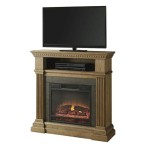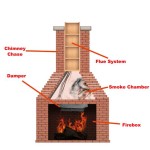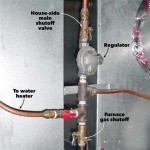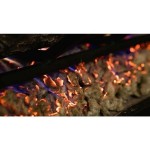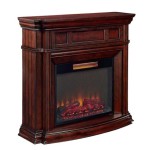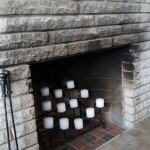The Essential Cost of Adding a Wood Burning Fireplace to an Existing Home
Installing a wood-burning fireplace can significantly enhance the ambiance and comfort of your home while increasing its value. However, before embarking on this project, it is crucial to understand the potential costs involved. This article provides a comprehensive overview of the essential aspects that determine the cost of adding a wood-burning fireplace to an existing home.
1. Type of Fireplace
The type of fireplace you select will have a substantial impact on the overall cost. Traditional wood-burning fireplaces, which require a chimney and hearth, are generally more expensive than other options. Gas fireplaces, which burn natural gas or propane, are typically less costly and may not require significant structural modifications.
2. Location and Accessibility
The location and accessibility of the installation site can also influence the cost. Installing a fireplace on an exterior wall is more straightforward and less expensive than an interior wall. If the installation requires navigating obstacles such as stairs or existing structures, additional labor and materials may be necessary.
3. Chimney and Flue
For traditional wood-burning fireplaces, a chimney and flue are essential. The cost of these components depends on the size, height, and materials used. If an existing chimney is not available, the installation of a new one can significantly increase the overall cost.
4. Hearth and Surround
The hearth and surround provide a protective and decorative element around the fireplace. The materials used, such as stone, tile, or brick, can greatly influence the cost. A custom-designed hearth can add to the aesthetic appeal but may also increase the expenses.
5. Labor Costs
The cost of labor will vary depending on the complexity of the installation and the skill level of the contractor. Hiring experienced professionals ensures a safe and efficient installation but may come with a higher price tag. It is advisable to obtain multiple quotes to compare costs and find the best value.
6. Permits and Inspections
Building permits and inspections may be required for a fireplace installation, which can add to the overall cost. The fees vary based on the location and the scope of the project. It is important to research local regulations and obtain the necessary permits before beginning the installation.
7. Maintenance and Fuel Costs
Ongoing maintenance and fuel costs should also be considered. Regular cleaning and inspections are essential to ensure the safe and efficient operation of the fireplace. The cost of firewood or gas for fuel will depend on the frequency of use and local market prices.
Conclusion
The cost of adding a wood-burning fireplace to an existing home can vary widely depending on several factors. By carefully considering the type of fireplace, location, chimney and flue requirements, materials, labor costs, and permits, homeowners can estimate the overall expenses and make informed decisions. It is advisable to consult with reputable contractors and obtain multiple quotes to ensure a cost-effective and successful installation.

What Does It Cost To Install A Fireplace Vs Wood Stove Stamford Fireplaces

How Much Does Fireplace Installation Cost 2024 Data Angi

Adding A Fireplace To Existing Home Where For Fireplaces

Wood Stove Installation Cost In 2024 Forbes Home

Fireplace Installation Cost 2024 Gas Wood Burning Electric

Estimated Page Fireplaces Stoves Inserts Wood Gas Pellet

Estimated Page Fireplaces Stoves Inserts Wood Gas Pellet
.aspx?strip=all)
Cost Of Operating A Wood Insert Cord Calculator Regency

Estimated Page Fireplaces Stoves Inserts Wood Gas Pellet

Fireplace Additions Answers On
Related Posts

